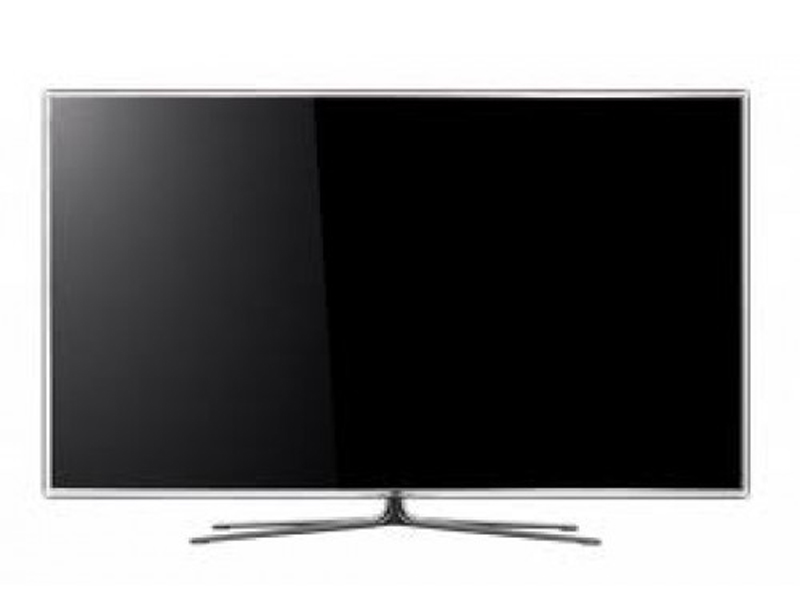TechRadar Verdict
Pros
- +
Ground-breaking, space-saving design
- +
Terrific 2D pictures
- +
Much-improved 3D picture quality
- +
Best online features yet
Cons
- -
Minor crosstalk with 3D, minor backlight inconsistency
Why you can trust TechRadar
Samsung's UE46D7000 is a poster boy for a new generation of TVs. There's hardly anything about this 46-inch set that isn't cutting edge and it sets the bar dizzyingly high for others to follow.
Its design is stunning, thanks to a physics-defyingly skinny, mostly transparent bezel that appears arguably even more 'invisible' than the slightly more slender – but also more metallic-looking – frame sported by the UE55D8000.
Samsung's radically advanced new online system is informed by a true 'apps' approach and joins with a terrific new content management menu system to deliver the UK's first genuinely 'smart' TVs.
The UE46D7000 is an authentic second-generation 3D TV, raising all sorts of questions over how much it might improve over Samsung's first 3D screens, and what sort of standard it will set for rivals such as LG's forthcoming passive TVs and the next wave of 3D plasmas.
There's no significant feature difference between the D7000 and D8000 series; the different model numbers merely describe the aesthetic differences in the bezel.
For a significant step-down in price you're looking at the 6 Series LED models, with slightly larger bezels and a feature 'split' that finds the D6100s having fewer online features than the 6530 models.
John has been writing about home entertainment technology for more than two decades - an especially impressive feat considering he still claims to only be 35 years old (yeah, right). In that time he’s reviewed hundreds if not thousands of TVs, projectors and speakers, and spent frankly far too long sitting by himself in a dark room.

